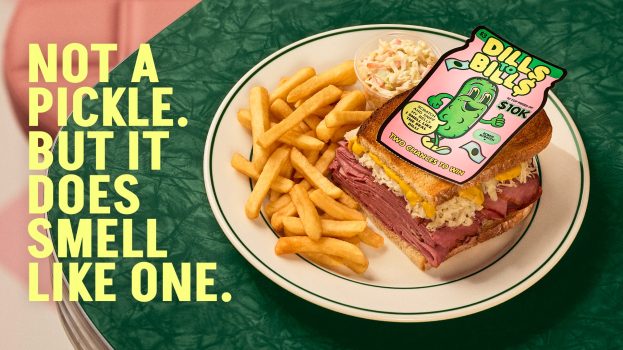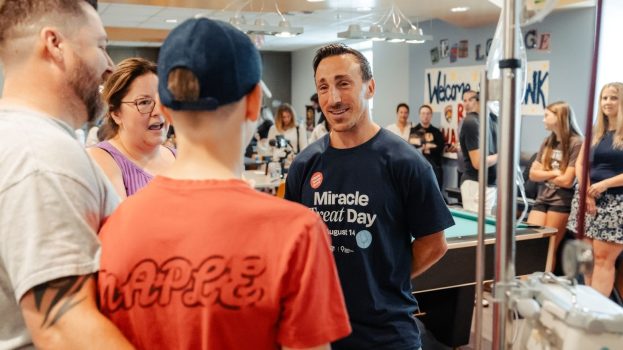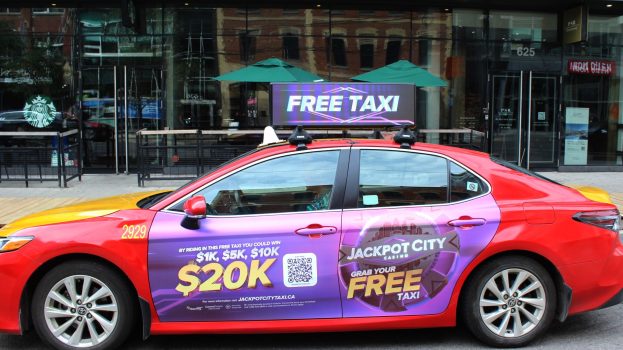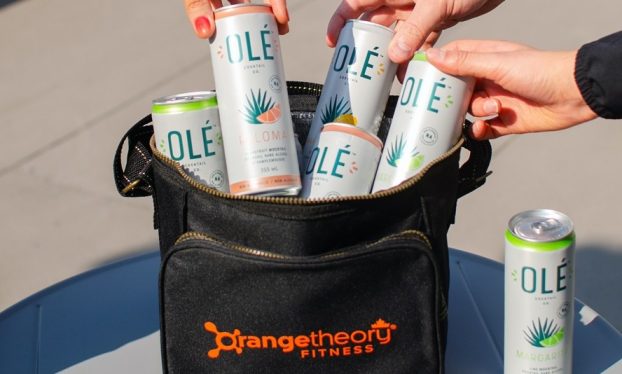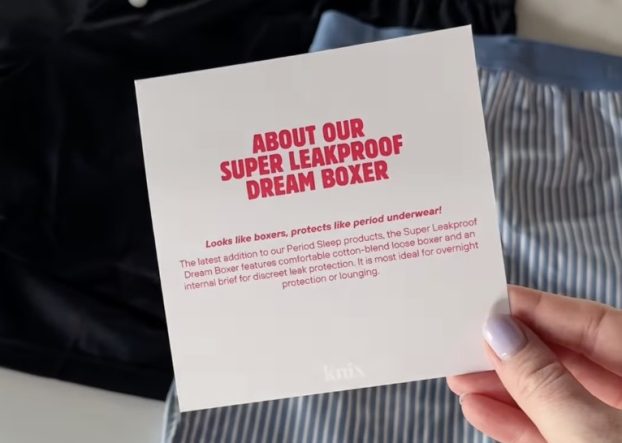Walter Odenthal works at Skoki, a small back-country hiking lodge located one mountain range east of B.C.’s Lake Louise. I don’t know Walter very well but he looks like he’s in his mid 40s. He’s tall and like most mountain people, very lean and very fit. Rumour has it he came from a well-to-do family in Germany. Some say he’s a concert pianist.
What I know for sure is that he builds magnificent hiking trails, and in my conversations with Walter, I detected a strong parallel between planning mountain hiking trails and planning media campaigns.
Some of Walter’s trails are in plain view and have become the ‘route of record,’ so to speak. Others are secret trails, hidden from the prying eyes of the Banff Park wardens, who don’t like Walter very much because all trail construction should be undertaken by parks administration.
One secret trail – one that I hope the wardens never find – takes you through a dense spruce forest and up a steep slope to the edge of Drummond Glacier. The destination leaves you gasping at a raw tableau of stone, water, gravel moraine and a massive sheet of slow-moving ice. If Walter doesn’t tell you how to find that trail, you’ll never find it.
I also sampled one of his more public creations this summer. The trail in question begins just above Skoki Lodge, traverses under The Wall of Jericho, moving gradually higher to a mild headwall. An hour of hiking and a few minutes of hand-and-foot scrambling brought me face-to-face with the achingly beautiful Merlin Lake, spread out there just as high and as blue as the sky.
Like a good media planner, Walter gets hikers to their destination as quickly as possible. Like a good media planner, Walter ensures his customers don’t waste energy, but he also makes sure his target group has an enjoyable and tasteful experience.
I asked Walter how he plans out such efficient, effective and awe-inspiring creations, and he told me there were four important planning steps. These steps have as much to do with routing consumers to a business objective as they do with routing hikers to a viewpoint.
Walter’s first step in planning out a trail is to personally visit the final destination. This point of admission surprised me. In what is basically an A to Z planning process, his planning process begins at Z… not A.
‘How can I possibly build a trail somewhere if I don’t start by visiting where I’m going?’ he asked when I inquired further.
‘Can’t you see where you’re going from a distance? Do you have to actually go all the way to the end of the trail first?’ I asked, always looking for an easy way out.
‘But the destination close up is so much different from how it looks from a distance,’ Walter replied. And therein lies the important media planning insight. If you want to design a great media plan you must visit the consumer’s end objective. For example, if you want to plan for a margarine brand, you must personally visit consumers’ homes and watch how they use the margarine… as a first step. Media planners must gain consumer insight just as Walter must gain hiker insight before he lifts a rock or cuts a branch.
The second step Walter employs is to study the trail’s grade. Three paces level for one pace up is Walter’s rule of thumb. The hike can become almost effortless, even though a very significant gain in altitude takes place.
Walter’s rule of thumb has a media planning application. Lay out the plan so no one large demand is being made on the consumer. Small required actions distributed evenly over the consumer’s normal media and marketing day should be planned. Don’t call for consumers to undertake a tough uphill slog. They’ll simply give up and head home.
Step three in Walter’s trail planning process involves several back and forth visits between trailhead and destination. He uses small bits of coloured tape tied to branches, or small, temporary cairns of rock to tentatively mark the trail. As he makes improvements, he adds blazes. If he finds portions of the trail awkward, he removes the blazes. Walter constantly revisits his trail plan until he is totally confident that the best route has been found. Ditto for media planning.
Finally, although tempted, Walter never lifts a finger until he is sure the plan, in total, is complete.
According to Walter, ‘Building a trail is too hard a job to have to do twice.’ And that is, of course, the essence of all planning. Its why we ‘plan’ the media before we ‘buy’ the media. If we find ourselves buying, revising and revising once again it will be because we could not resist the temptation to hurry the planning process.
So if you find yourself on a particularly pleasing course of action that allows you to move forward with ease, that contains pleasant surprises at each turn, that moves you smoothly to your destination, that finally allows you to reach your vantage point with confidence, then you’ve experienced the fruits of great planning: a great media plan if you’re a consumer – or if you’re hiking in the Rockies – a great hiking trail.
Rob Young is a founding partner and SVP, planning and research at Toronto-based Harrison Young Pesonen & Newell. He can be reached at ryoung@hypn.com.

